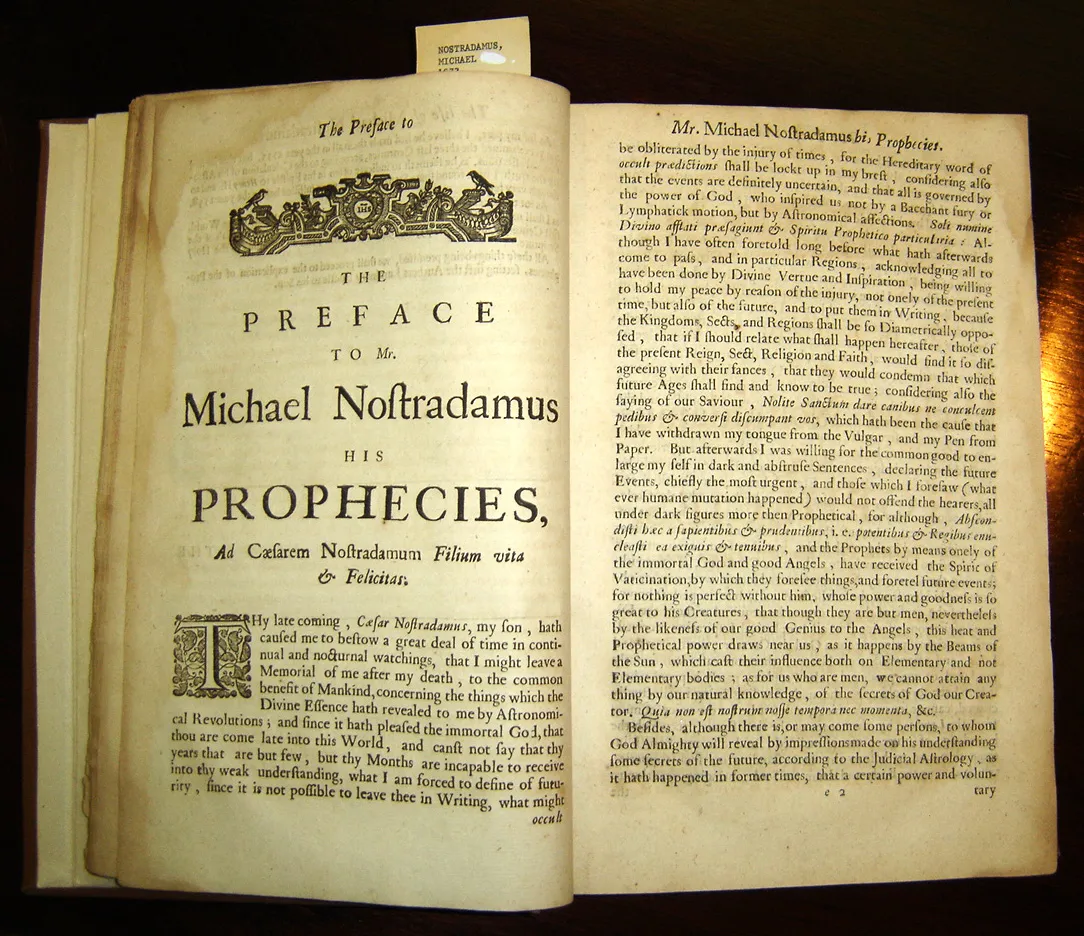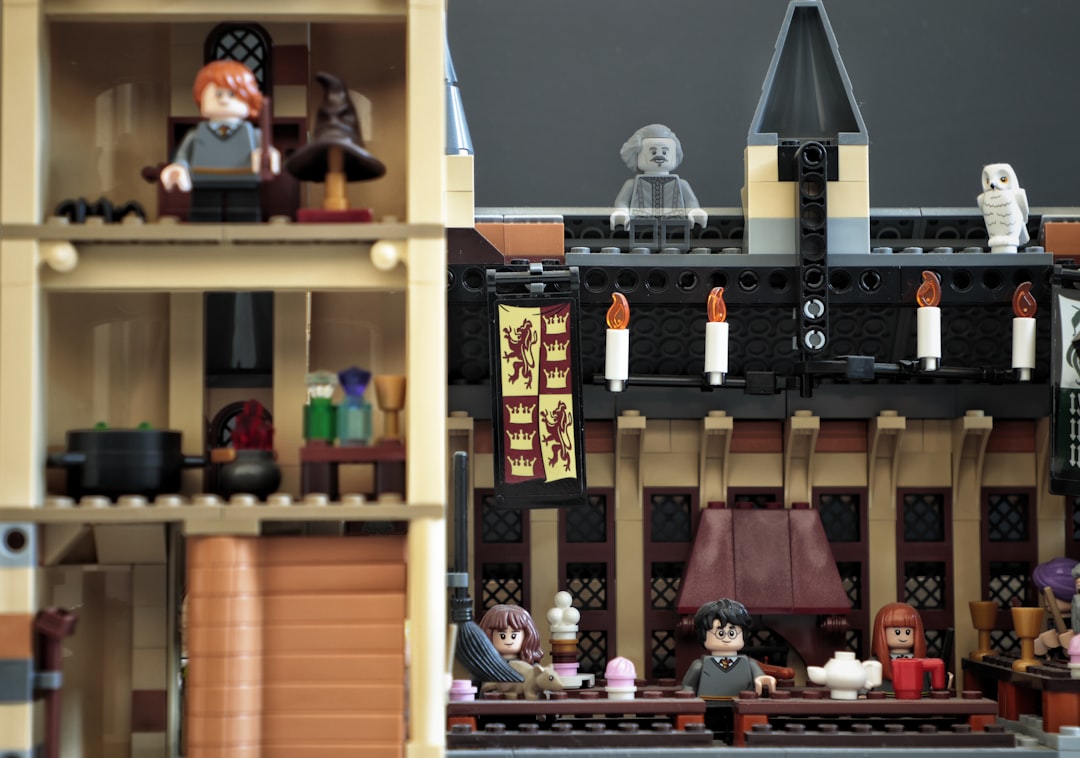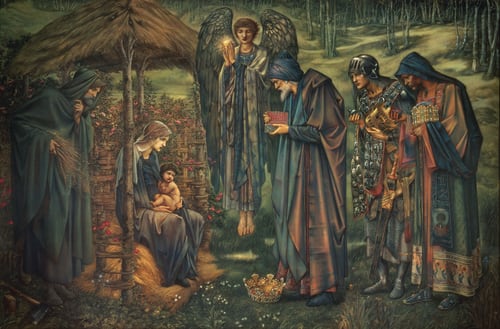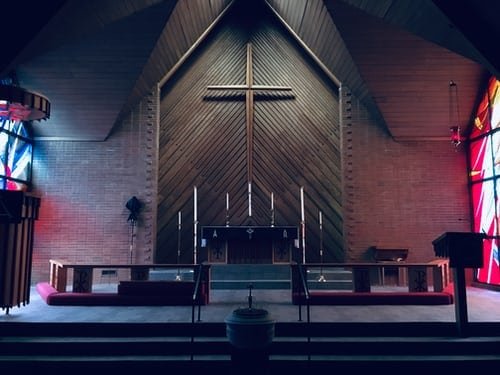Across different religions, there have been prophecies and legends about a group of powerful and destructive creatures called Gog and Magog. Their stories vary among religions, but share a common theme of being harbingers of the end times. In this article, we’ll explore the similarities and differences between Gog and Magog as interpreted in different traditions. Read on to delve deeper into the mystery of Gog and Magog and their significance in modern times.
The Origin of Gog and Magog Mythology

Gog and Magog have been a popular topic of discussion across Abrahamic religions for centuries. The roots of this mythological narrative trace back to ancient texts, like the Book of Ezekiel in the Old Testament and the Quran. However, the true origin of this legend remains unclear.
Some believe that Gog and Magog are representations of real-world enemies, like Mongolian tribes, who threatened Europe in the Middle Ages. Others speculate that the story stems from the interactions between Greek and Iranian cultures in ancient times.

Regardless of where it came from, it’s clear that the myth of Gog and Magog has taken on a life of its own. In fact, there are many interpretations of this story across different religions and cultures.
[List]
-
Gog and Magog in Jewish Eschatology
In Jewish beliefs, Gog and Magog are two figures who come together in a final battle against the people of Israel and their God. This represents a triumph of good over evil, and the dawn of a new era in human history. -
Gog and Magog in Islamic Eschatology
The Islamic view of Gog and Magog has similarities to the Jewish belief. Here, Gog and Magog are seen as two corrupt and tyrannical tribes who live beyond a great wall that was built by a holy man named Dhul-Qarnayn. According to Islamic theology, this wall will eventually be breached, and the tribes of Gog and Magog will bring about the end of the world. -
Gog and Magog in Christian Eschatology
In the Bible’s Book of Revelation, Gog and Magog are depicted as nations who will rise up against God’s people at the end of times. This story speaks to a larger eschatological timeline in Christianity, which often emphasizes the importance of preparing for the return of the messiah. -
The Significance of Gog and Magog Today
Today, the story of Gog and Magog continues to hold relevance for many people around the world. Some see it as a symbolic representation of global chaos and divine punishment, while others view it as a warning of the end times. Whatever interpretation one chooses, the myth serves as a reminder of the power of prophetic traditions and the need to approach them with care and respect.
Interpretations of Gog and Magog in Abrahamic Religions
Gog and Magog are mentioned in various religious texts, and each religion has its own interpretation of the prophecy. Christians, Muslims, and Jews all interpret Gog and Magog slightly differently.
In the Christian faith, Gog and Magog are mentioned in the Book of Revelation, which describes a final battle between good and evil. The Book of Revelation states that Gog and Magog are nations that will come against the people of God. The prophecy describes them as an army led by Satan that will be destroyed by God.
In the Jewish tradition, Gog and Magog are first mentioned in the Book of Ezekiel, where they are described as nations that will attack Israel in the end times. Jewish scholars interpret Gog and Magog as metaphors for nations that are opposed to God.
In Islamic eschatology, Gog and Magog are known as Yajuj and Majuj. They are mentioned in the Quran and Hadith as a powerful and destructive force that will be unleashed before the end of the world. According to Islamic tradition, Yajuj and Majuj will cause widespread chaos and destruction before being defeated by the Messiah.
Despite the differences in the interpretation of Gog and Magog, there are some shared messages across religions. One common understanding is that the prophecy refers to a time of global chaos and divine punishment. The prophecy also speaks of the coming of a messianic figure who will bring about the end of the world.
It is important to note that while the interpretations of Gog and Magog may differ across religions, the shared messages of hope, renewal, and faith in a higher power unite believers across the world. As Christians, we should embrace the diversity of religious thought and seek to learn from our brothers and sisters of different faiths.
Gog and Magog in Islamic Eschatology
As a youth pastor, understanding different religious beliefs is crucial in effective communication and outreach to the community. Gog and Magog hold great significance in Islamic eschatology, the study of the end times. Here are some of the interpretations of Gog and Magog in Islam:
- Gog and Magog are mentioned in the Quran and Hadith, the teachings of Prophet Muhammad. They are described as two tribes or nations who will come forth at the end of time and cause destruction.
- The Quran mentions that when Gog and Magog are released from their barrier, they will cause great corruption and chaos on earth.
- The Prophet Muhammad advised his followers to seek refuge in Allah when they hear about Gog and Magog’s arrival.
- Some Islamic scholars believe that Gog and Magog are not actual people, but rather symbolic representations of evil and chaos. The release of Gog and Magog may represent the end of a period of peace and the beginning of a time of global chaos and divine punishment.
- The release of Gog and Magog is considered one of the major signs of the end times in Islamic theology. It is believed that the arrival of the Antichrist (Dajjal) will precede Gog and Magog’s release, and the final battle (Armageddon) will follow their arrival.

Understanding the Islamic perspective on Gog and Magog can help foster better relationships and interfaith dialogue. Here’s a list of some key takeaways:
- Gog and Magog are symbolic representations of evil in Islamic theology.
- The arrival of Gog and Magog is considered one of the major signs of the end times and signals the start of global chaos and divine punishment.
- Muslims are advised to seek refuge in Allah when they hear about Gog and Magog’s arrival.
- Learning about different religious beliefs can help build stronger relationships and promote peace in the community.
As we continue to delve into the mystery of Gog and Magog, it’s important to keep an open mind and embrace the diversity of religious beliefs in the world.
Gog and Magog in Christian Eschatology
Christianity is one of the major religions that acknowledges the existence of Gog and Magog as end-time prophecies. In Christian eschatology, Gog and Magog are believed to be the prophesied nations that will rise against God and create global chaos before the Messiah returns for the final battle.
The Book of Ezekiel in the Old Testament speaks about Gog and Magog as nations that will attack Israel and face divine punishment. According to the Book of Revelation in the New Testament, after the thousand-year reign of Christ on earth, Satan will be released and will gather the nations of Gog and Magog to attack the holy city. This final attack will lead to the defeat of Satan and his armies, and the destruction of the world, resulting in the judgment day.
The concept of Gog and Magog in Christianity has similarities with Islamic and Jewish traditions. However, the interpretation of the prophecies is different. In general, the imagery of Gog and Magog refers to the forces of evil and the enemies of God that will face his punishment at the end of the world.
Like other religions, the idea of Gog and Magog serves as a warning and a reminder to Christians to stay faithful to God and to be ready for the end times. It is also a symbol of hope that God will ultimately triumph over evil and establish his kingdom on earth.
« Uncovering the Story of Naomi: A Woman of Faith and Redemption in the Bible
The Divine Code: Understanding the Commandments of the New Testament »
In modern times, the concept of Gog and Magog has been reinterpreted and used in various cultural and political contexts. For example, in contemporary literature and popular culture, Gog and Magog are often portrayed as monstrous entities that represent the destructive forces of war and violence. In politics, the metaphor of Gog and Magog has been used to describe the perceived enemies of a nation, or to appeal to religious sentiments to justify conflicts and wars.
In conclusion, the concept of Gog and Magog in Christian eschatology is a complex and fascinating topic. Although the details of the prophecies may differ between religions, the underlying message is universal: the world as we know it will come to an end, and we must prepare ourselves for the day of reckoning. As Christians, we believe in the ultimate triumph of good over evil and the victory of God’s kingdom, and the prophecies of Gog and Magog remind us of this truth.
The Shared Messages of Gog and Magog in Different Religions
When it comes to the prophecies about Gog and Magog, there are some common themes that can be found across different religions. Here are the shared messages:
-
End of Times
The prophecies about Gog and Magog all share the idea that they will play a role in the end of times. Whether it is in Islamic, Christian or Jewish mythology, the appearance of Gog and Magog signal the arrival of a time of great turmoil and global chaos. It is believed that their arrival will bring the end of the world and the ushering in of the Day of Judgment. -
Divine Punishment
Another common theme is the idea of divine punishment. In Islamic theology, Gog and Magog are seen as evil creatures who will come and wreak havoc on the world. It is believed that Allah will punish them severely for their evil deeds, and that their destruction will be swift and final. In Christianity and Judaism, there is a similar belief that God will punish those who do not follow his commandments, and that the arrival of Gog and Magog is a sign of impending doom. -
Major Signs of the End Times
The appearance of Gog and Magog is seen as a major sign of the end times in all three religions. It is believed that their arrival will be one of the final events before the world comes to an end. In Islamic eschatology, the arrival of Gog and Magog is one of the ten major signs of the end times. In Christianity, the book of Revelation describes the arrival of Gog and Magog as a sign of the coming of the Antichrist. In Judaism, the prophecies about Gog and Magog are often associated with the coming of the Messiah. -
Final Battle
Finally, there is a shared belief that Gog and Magog will be involved in a final battle that will determine the fate of the world. This is described in detail in the Book of Revelation in the Christian Bible, where it is called the Battle of Armageddon. In Islamic eschatology, Gog and Magog are said to be involved in a final battle with the forces of good, which will determine the fate of the world.

In summary, the prophecies about Gog and Magog share some common themes across different religions. They are all seen as heralding the end of times, a time of great turmoil and global chaos. They are also seen as a sign of divine punishment, and a major sign of the end times. There is a shared belief that they will be involved in a final battle that will determine the fate of the world. For those interested in learning more about these end-time prophecies, exploring the mythology of Gog and Magog is a good place to start.
The Significance of Gog and Magog in Modern Times
The concept of Gog and Magog has been a subject of debate and discussion for centuries, and its significance has only grown in modern times. As the world plunges deeper into chaos and global conflicts, many people wonder if we are nearing the end times prophesied in religious texts. The biblical Book of Revelation, the Islamic Hadith, and the Jewish Talmud all mention Gog and Magog as one of the major end-time prophecies.
According to the biblical account, Gog and Magog are described as the nations of the earth that will rise up against Israel and bring about the final battle on the Day of Judgment, also known as Armageddon. In Islamic eschatology, Gog and Magog are known as Yajuj and Majuj and are also expected to unleash chaos and destruction upon the world before the advent of the Messiah, or the Mahdi.
The modern interpretation of the Gog and Magog prophecy has led many people to believe that recent global events are the fulfillment of these prophecies. The rise of extremist ideologies, political upheavals, and natural disasters have all fueled the belief that the world is coming to an end. Some even consider the recent pandemic and economic crisis as signs of the looming apocalypse.
However, it is important to note that the prophecies of Gog and Magog should not be interpreted as a call for fear or panic. Instead, religious scholars urge people to focus on the moral teachings of their faith and strive to live a life of peace and harmony. The coming of the Messiah or the end of the world should not be feared, but rather welcomed as the ultimate victory of good over evil.

In conclusion, the significance of Gog and Magog in modern times is a testament to the enduring appeal of end-time prophecies across major religions. While some may interpret recent events as a fulfillment of these prophecies, it is important to stay grounded in the moral teachings of our faith and not succumb to fear or panic. As a community, we should continue to strive for peace, love, and understanding in the face of global chaos and turmoil.


















